
ac6000cw
-
Posts
677 -
Joined
-
Last visited
Content Type
Profiles
Forums
Articles
Posts posted by ac6000cw
-
-
8 hours ago, Andrew Reid said:
£800 off.
Which makes it £999 with the 20-60mm kit lens.
The body only is down to as little as £750 open box mint used.
Down from the RRP of a few months ago £1600.
One can only assume they are having massive problems shifting them.
Which is a pity because the S9 is a fun little beast.
The first stage of large S9 price drops in the UK started in February - I bought an S9 as soon as it happened, as I'd been interested in getting one for a while. In my case it was a red S9 + 18-40mm kit for around £1100 in 'like new' condition. With further price drops about a month ago that kit is now about £1200 new.
I quite like it - nice solid-feeling body, decent battery life and with the 18-40mm a fairly compact kit (for a full-frame camera). Not quite a modern GX80, but close enough for most of my use cases.
My main criticism is probably that, for a camera presumably aimed at new/inexperienced users, there's too much of the higher-end video stuff cluttering up the menus with options and choices they probably won't understand or ever use. Sure, you can use filtering, My List, customise the 'quick' menu and set up custom mode dial presets to simplify things - but you've got to understand what the options mean in order to set those up.... Why not split the video bitrate/fps/frame size/codec options into 'basic' and 'advanced' sets out-of-the box? And when you press the 'record' button in photo mode, default it to shutter priority with 180 degree shutter angle, instead of 'P' mode with variable shutter speed/angle (but that is a historical Panasonic issue/feature going back many years - at least the 'flicker decrease' workaround for it is still in the menus).
-
dpreview's 'review in progress' is up - https://www.dpreview.com/reviews/panasonic-lumix-dc-s1ii-review
-
2 hours ago, MrSMW said:
For fast paced run & gun work, it's superb and has multiple frame markers for my 'films' and for my socials.
The 'pro' features aside, I can't really fault it.
And if they are now under 1k, like so much Lumix stuff, I think that is where and when they make most sense.
I agree.
-
4 hours ago, Andrew Reid said:
Yes the S9 I have a soft spot for, but Panasonic have always been quite good at value for money cameras.
That's one of the best bang for your buck which makes the £3500 even more difficult to stomach for the S1 II.
It's just a pity how the S9 was marketed and launched, with a bottle cap for a lens in front of a load of people expecting the GH7.
It's also a shame how it is selling.
The used price is now down to just £950 which indicates very low demand and low sales... It does however mean I may pick one up used again and have some fun with it.
Yeah it's no GM1 size wise and build quality feels very cheapo.
When you put a lens on it the size makes no sense unless you're using Leica M mount stuff, or one of Panasonic's tiny zooms.
Unfortunately their cheap 50mm F1.8 is pretty big...
They need a 40mm F2 pancake or something no larger than Nikon's.
Somebody at Panasonic needs to explain the logic to me...
Of small camera, large lenses.
It seems like there's no point having an S9 without small fast prime lenses to go with it.
In the UK the new S9 body price dropped to £999 at the end of March, and used prices are heading towards £800 (MPB have a couple at £829 at the moment).
Just after the recent price drop, I found a red 'used like new' S9 + 18-40mm kit from Amazon for about £1100 and took the plunge (I fancied a non-black camera body for a change).
I quite like it overall - feels nice and solid in the hand, and the lack of a grip isn't as much of a problem as I thought it might be.
I agree it urgently needs more small lenses - the 18-40 zoom is OK as far as it goes, but everything else Panasonic offers is large and/or expensive in comparison with the body. As a travel zoom the 28-200 makes sense, but new it costs almost as much as the body and used prices are almost as high as there's not many around. Weirdly Panasonic don't offer that as a kit with the S9 - surely it's an obvious kit for the full-frame 'travel cam' market?
-
52 minutes ago, John Matthews said:
I'm so impressed with what @kye has been doing. He's really capturing some nice compositions and looks.
I agree.
53 minutes ago, John Matthews said:All the things people say about getting nth degree AF, IQ, and resolution are really just small potatoes in the grand scope of thing.
They are, but I think some other things are much more significant e.g. the huge improvements in image stabilization performance are game changing if (like me) you prefer to shoot handheld (I own a couple of tripods and monopods, but they don't get used very often).
- John Matthews and kye
-
 2
2
-
On 5/8/2025 at 10:25 AM, John Matthews said:
There are so many fine shots here. On the point of the 14-140mm, I've just picked one up with a G7 (yes, getting back into M43 because it's so much fun). I've seen so many great shots with it, not so much because it's a super high IQ but simply it's such a nice lens for composition, especially for travel.
Yes, having been a happy user of the 14-140mm F3.5-5.6 for over a decade (I'm on my 2nd copy after my 10 year old original got too much dust inside), it's a great travel/everyday lens.
Problem is that Panasonic don't make a modern equivalent of the GX85/GX9 to create the perfect travel combo for video with Dual-IS and no-crop 4K...
- kye and John Matthews
-
 2
2
-
29 minutes ago, zlfan said:
colorwise, although good enough, neither art filter 1 nor hlg 10 bit is as good as the 14 bit ml raw or f3.
The OM-1's strength is as a good handling, relatively light weight, handheld run-and-gun camera with very low rolling shutter. and decent AF. I think it's video quality is more than good enough for that kind of use (which is basically what I use it for), but TBH I don't think it's a camera you'd choose to put on a tripod and shoot a feature film with.
-
On 4/7/2025 at 8:58 AM, zlfan said:
The Oly 25mm F1.8 sometimes pulses in continuous AF in video mode.
I've found that in video C-AF, if a lens is stopped down to a small aperture, the OM-1 (and the E-M1 ii/iii) will sometimes decide it's not quite in focus and pulse it to check. If the lens has low focus breathing it's often not noticeable as the depth-of-field at small apertures hides it. But it means lenses with low focus breathing are a good idea if using C-AF in video.
Oly/OMS cameras don't have an AF-lock function, but you can assign the MF (manual focus) function to a button, which basically does the same thing (provided you don't touch the lens focus ring!). Also the AF-ON button can be used to force a re-focus in both C-AF and MF modes. So in MF mode, pushing AF-ON to get initial focus then tweaking it with the lens focus ring if necessary is easy.
On 4/7/2025 at 9:52 AM, zlfan said:At 25mm the IBIS is very stable, but jerky when panning or tilting.
What video 'IS Level' are you using (-1, 0, +1) and is this in M-IS 1 (with digital) or M-IS 2 (sensor shift only) mode?
At the +1 setting it will be jerky if you move it too fast (It's intended for static hand-held situations), but -1 and 0 settings should be OK for normal movement (in my experience).
-
29 minutes ago, eatstoomuchjam said:
Did Sony stop putting the little rubber gasket on their battery doors? They used to have them just like most other camera vendors have them. The purpose of that gasket is to allow you to run a cord for a dummy battery and still close the door.
In pictures of the bottom of the FX30, it doesn't look like it has a cable hole for a dummy battery.
AFAIK the FX30 can be powered over USB-C from a PD-capable charger or power bank (the manual states 9V at 2A is the minimum spec).
Otherwise just buy some more batteries. As MrSMW suggested, if you choose carefully (in my experience) decent 3rd-party batteries can be almost as good as the OEM ones and are normally much cheaper (but avoid the really cheap ones - they are cheap for a reason...).
-
2 hours ago, ND64 said:
4k raw wouldn't need line skipping and pixel binning and so much compression that look inferior to heavily compressed h.265 if SD Express wasn't such a flop of a standard.
Nikon would doubtless say you should buy one of our more expensive cameras with a CF Express Type B card slot...
This is a low-cost camera (in today's full-frame market), so I'm not surprised it's limited to UHS-II SD cards.
-
On 3/31/2025 at 1:54 AM, kye said:
To be honest I just find it baffling that everyone is throwing the word "cinematic" around and yet all the colour grades look like they haven't been converted from LOG to 709. It's one of the easiest changes you can make in post to take your footage from video to cinema, and yet hardly anyone does it.
Pushing as much contrast and saturation as you can was the best film-making advice I ever got.
I agree the low-contrast/low-saturation look seems to be fashionable at the moment - and I don't like it either. It's not accidental that the 'standard' settings of cameras (and TVs) usually have relatively high contrast and saturation - it makes the images look attractive and eye-catching. What sort of film would 'The Third Man' be without its high-contrast monochrome imagery, or 'Goldfinger' without the glitzy look?
Out of interest, was the choice of GH7 versus the 'sister' smaller and lighter G9ii down to the internal 4k ProRes recording and fan cooling/longer recording times on the GH7?
-
35 minutes ago, ND64 said:
Where is this sensor performance data coming from? It looks like you're quoting it from a website somewhere.
-
4 minutes ago, maxJ4380 said:
My comp has usb ports marked SS not sure what that equates too.
It means 'SuperSpeed' i.e. USB3 at 5 or 10 Gbit/s (the plastic parts of the connectors are also often colored blue). For reference 'High Speed' USB is 480 Mbit/s and 'Full Speed' USB is 12 Mbit/s.
Note that while some USB-C connectors and cables support 'SuperSpeed', not all do (cheap cables in particular often don't support more than 480 Mbit/s). The 'SuperSpeed' connection uses separate wires in the cable, and it's cheaper to leave them out. So if buying a cable, check carefully that it supports SuperSpeed (5 or 10 Gbit/s) data rates if you need them. In my experience, most PC/Laptop USB-C ports are SuperSpeed-capable but peripheral devices to plug into them are a complete mixture of speed capability.
19 minutes ago, maxJ4380 said:Anyone have issues from buying uhs cards from amazon ?
Personally, no, but I almost always buy Sandisk or Samsung, and always 'sold by Amazon' i.e. not from marketplace sellers. I've never needed to buy a UHS-2 card, so no advice on that.
-
From dpreview's video test chart, OM-1 vs G9ii (both at 24p/25p/30p) - they are very close on resolution/sharpness:

....but on OM-1 is 50p/60p much softer than 24p/25p/30p - note the softness of the middle bar at 60p vs 24p/25p/30p :

Those test results match what I've found when using the OM-1 for real-world video.
-
On 3/22/2025 at 12:19 AM, zlfan said:
Sensor shift plus digital +1, at 300 mm, is very usable.
It is - provided you hold the camera reasonably still, otherwise you get jerks if you move it too fast. It's the mode I normally use for wildlife video with that lens. The extra crop that digital stabilization adds is actually useful in that situation too.
-
18 hours ago, maxJ4380 said:
Seems like, olympus gives you lots of options.
Yes, probably more than you really need - and sometimes several ways of doing the same thing (but annoyingly there are a few things that would be really useful to assign to a camera function button but you can't...).
18 hours ago, maxJ4380 said:I initially set peaking up for video, switched to photos and wondered what happened to the peaking. I "wrongly" thought it would carry over.
Photo and Movie modes are (mostly) separate worlds, including the function button settings.
-
If anyone is interested, this is a comparison I did of various OM-1 IBIS settings and Panasonic 'Power OIS' lens stabilization.
All handheld, all C4K@50p video, using Panasonic 100-300mm f4.0-5.6 II lens at 100mm and 300mm. I was standing still, the camera was handheld, using the EVF, with my left hand underneath the lens and right hand holding the camera body.
-
It's also got a 4-stop ND filter:
QuoteGFX100RF is the first camera in the GFX System to feature a 4-stop ND filter built in, useful for image creation at maximum aperture in bright environments or with slow shutter speeds. The leaf shutter allows flash photography regardless of shutter speed, increasing the flexibility of shutter speeds, even when creating content outdoors in daylight.
-
-
12 minutes ago, Andrew Reid said:
Not much talk on the video side in it... Does it even do 4K?
From the press release on dpreview:
QuoteGFX100RF supports smooth 4K/30P 4:2:2 10-bit video recording at 30 frames per second. In addition to enabling content creation with a wide dynamic range and low noise, the 13+stop3 “F-Log2” provides for higher flexibility in post-production.
...and from the Fuji product page:
QuoteGFX100RF delivers smooth 4K/30p 4:2:2 10-bit video recording. With a base ISO of 100, it offers low noise for shooting, while F-Log2 provides 13+ stops* of dynamic range for rich tonal expression and high flexibility in post-production. Additionally, it features digital image stabilization (DIS) to correct camera shake and walking motion during video recording.
-
AFAIK, after a 'full reset' of the settings (see 'Shooting menu 1 -> Reset/Custom modes -> Reset -> Full), it defaults to using card slot 1 for everything. As this is a used camera, I'd recommend doing a 'full reset' anyway - the options are so complicated that you don't want someone else's preferences to start from...
-
4 hours ago, eatstoomuchjam said:
- RX100 V / ZV1 - I almost never pick mine up, but every time I do, I end up smiling. Everything is so fast.
I feel the same about the ZV-1 - I bought it mainly as a pocket-sized video camera, but I'm actually liking the stills from it more (I find the video quality is a bit so-so). Turning it on/off by opening/closing the screen is a great time-saving idea.
I'm also finding the S9 + 18-40 lens quite fun - the limited amount of buttons and dials (and no EVF) means there's fewer decisions to make, so it becomes more of a point-and-shoot experience (and in traditional Panasonic style, you can set it up to shoot basic shutter-priority video when using the record button in photo mode - no need to operate a photo/video switch first). Almost the perfect hybrid for me.
-
3 hours ago, zlfan said:
After adding sharpening, the C4K 60p looks usable,
C4K/UHD 60p is softer on the OM-1 than 24/25/30p - see this dpreview video stills comparison
Sharpest video modes are C4K/UHD at 24/25/30p 10-bit.
Re. the IBIS performance - I don't own any manual lenses, so can't test the IBIS in that situation, but I often use non-stabilized long telephoto lenses like the Oly 75-300mm and Pana 100-300mm (with lens OIS turned off) for wildlife video. With the video stabilization 'IS Level' set to +1 (the highest setting) I can get usable handheld video at 300mm provided I'm leaning against something or sitting down to provide a bit of extra stability.
Is the video stabilization working OK with native MFT lenses? If not, I'd suggest doing an 'Initialize All Settings' and starting again (especially if this is a used camera).
Note that some of the stabilization settings are separate for stills and video, so you might need to set the manual lens focal length separately for stills and video:
-
24 minutes ago, BTM_Pix said:
I had a go of the S9 with that lens combo and it’s not bad at all.
After sitting on the fence for while, after the recent price reductions and a 'used - like new' deal popping up, I bought that combo. Handles rather like a slightly larger and heavier GX85, with much better video quality and C-AF - pretty much as I hoped/expected.
QuoteI’ve said it before but I think if Panasonic want to kick start the S9 after the stuttering launch then they’d bring over the ARRI LogC3 option from the GH7.
That would be nice - but I suspect the more expensive S-series cams would get that first (if it happens at all).

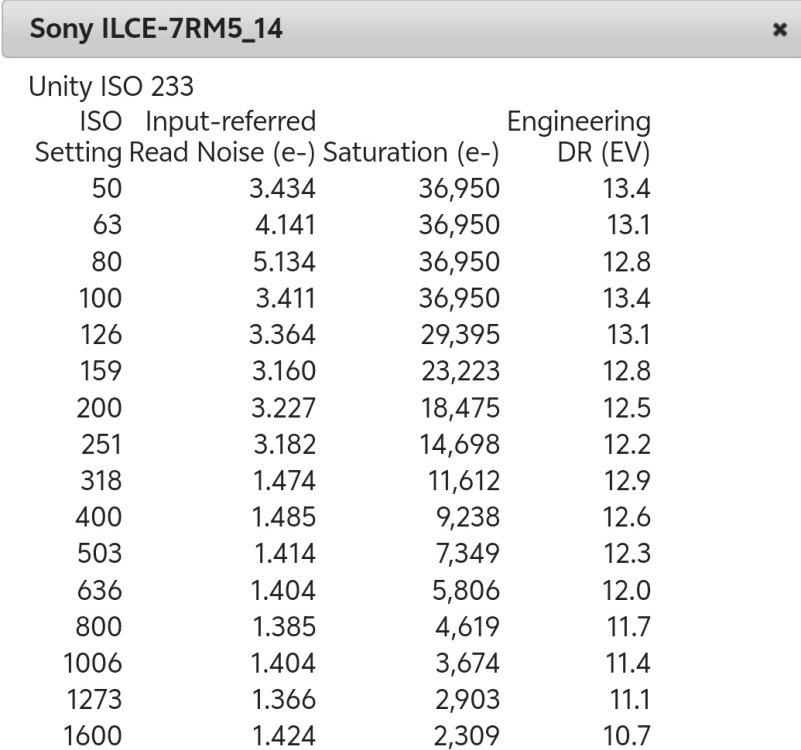
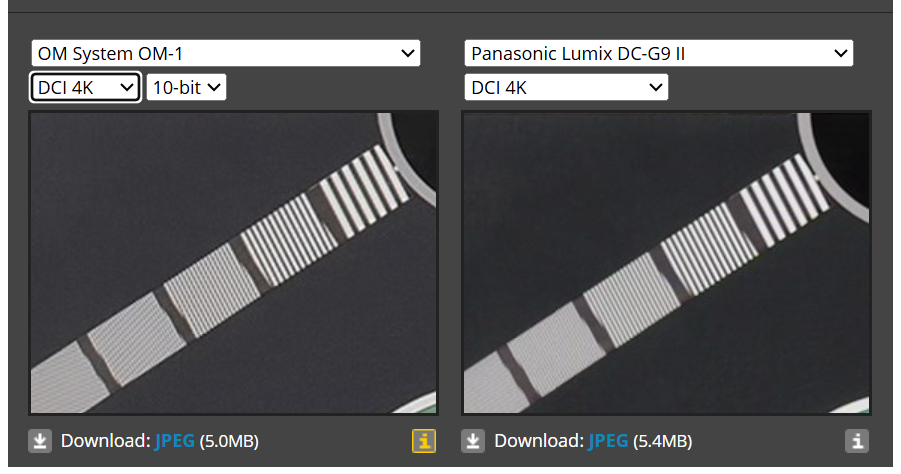
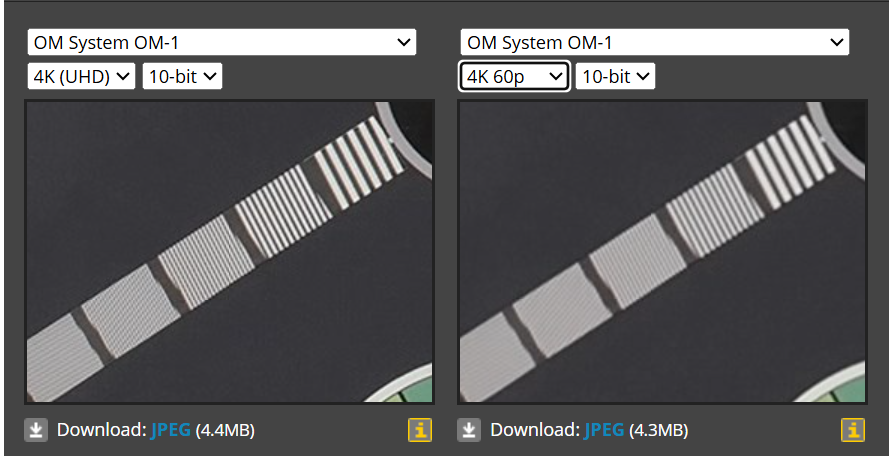

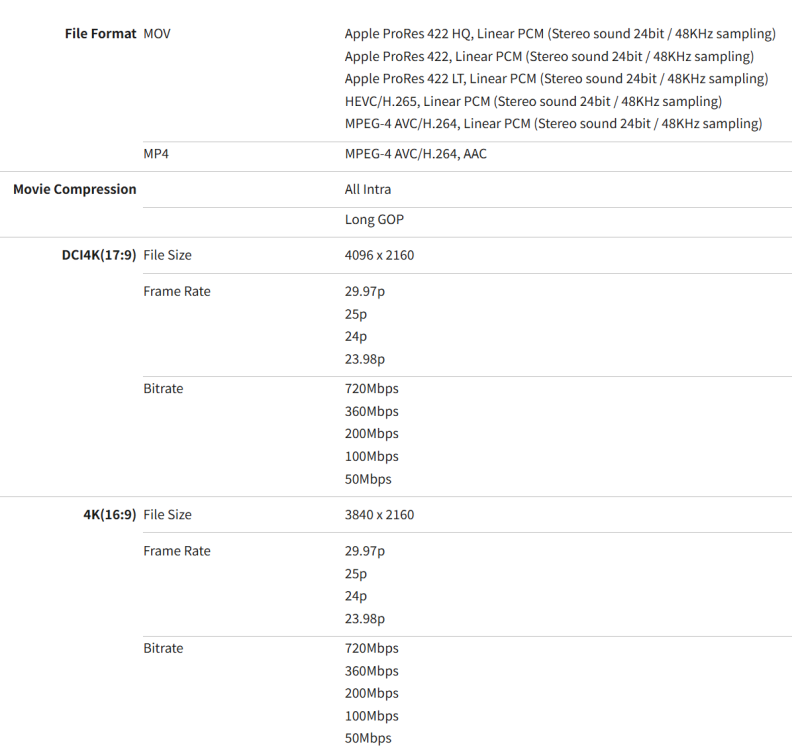
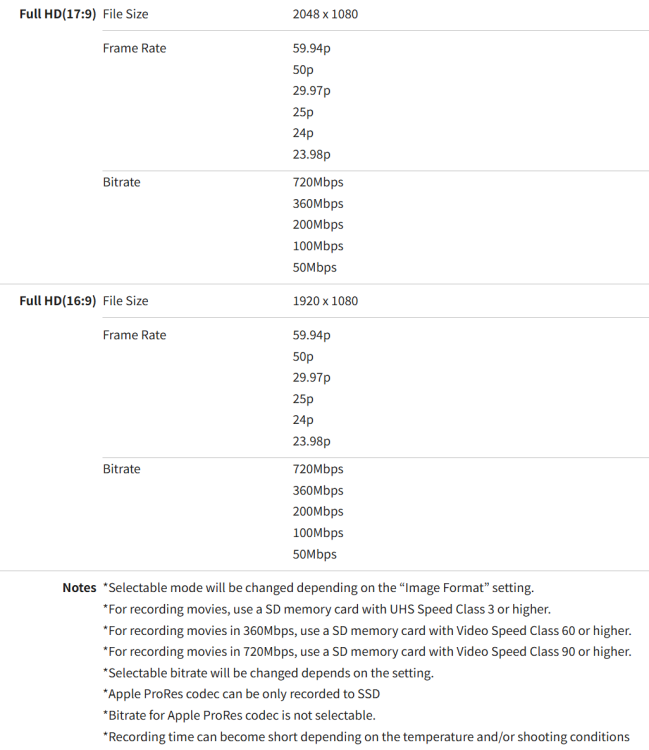
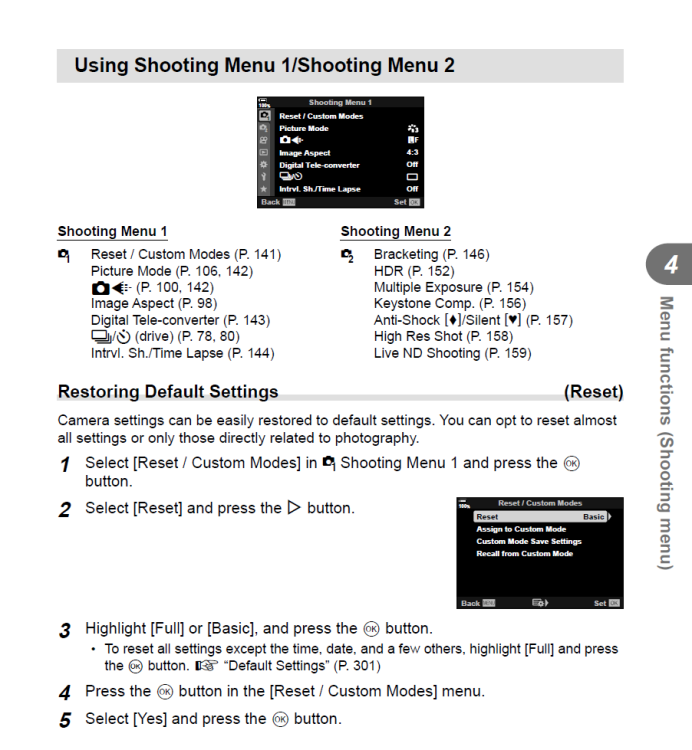
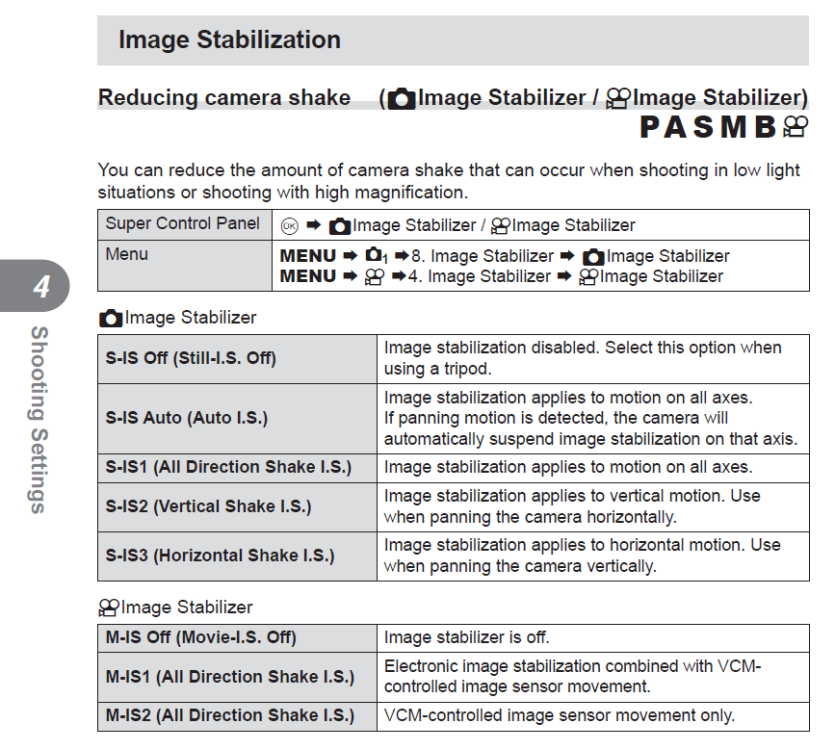
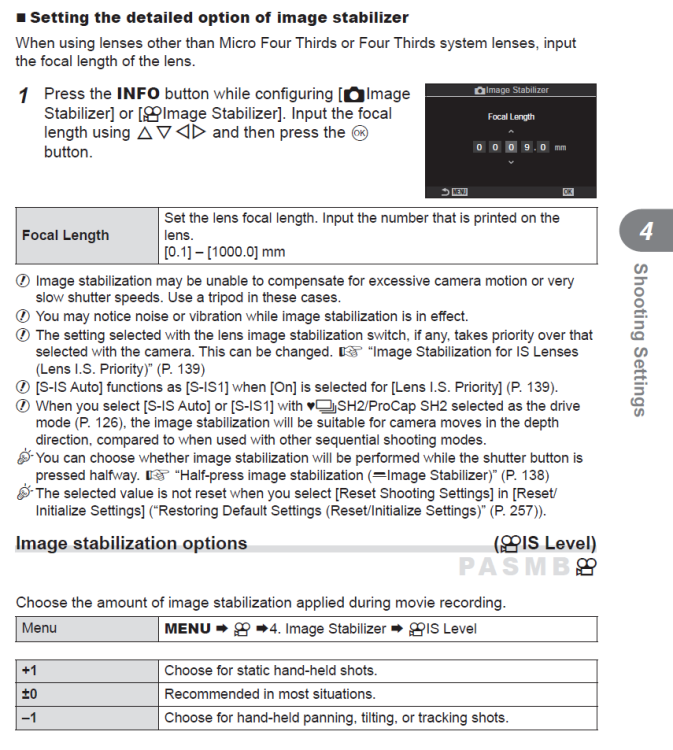
New L-Mount Lumix (cinema?) Camera
In: Cameras
Posted
Are you sure about that - the manuals for the GH5 and GH5ii don't mention it, 4:3 '6K-A' is only available up to 29.97 fps?
If you want 59.94 fps 4:3 then it's 3328 x 2496 maximum.